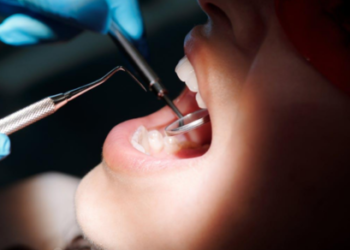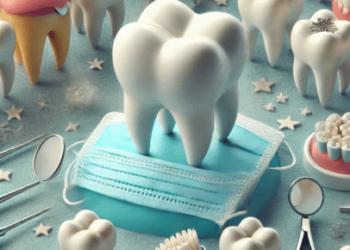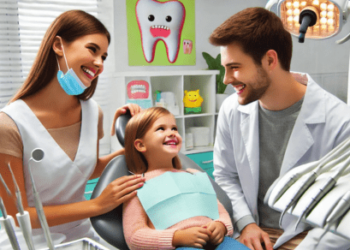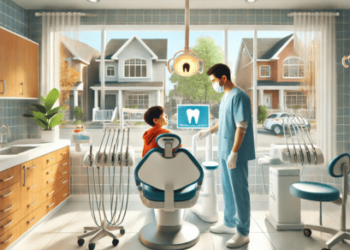Microdontia is considered a dental disorder by which an individual will experience atypically diminutive teeth, explains a dentist in Concord, NC. Although it may seem like a cosmetic problem alone, microdontia can have important implications when considering oral health and self-image. In this article, we shall discuss the causes, types, and treatment modalities available for microdontia in great detail which will help you to understand what it is all about.
What is Microdontia?
Microdontia – Smaller than normal teeth. It may affect just one tooth, many teeth, or all the teeth in the mouth. Diagnosis is generally performed by a dentist or orthodontist through a visual examination as well as dental X-rays.
Types of Microdontia
Microdontia can be classified into three basic types:
- Localized Microdontia:
Involves one or just a few teeth. In general, the upper lateral incisors and third molars (wisdom teeth) are most likely to become impacted. The affected tooth or teeth are much smaller than those of the other members.
- Generalized Relative Microdontia:
The teeth are too small for the jaw, which is larger than usual. They are often seen as small teeth, but that is due to the jaw being much larger than the tooth.
- True Generalized Microdontia:
Small teeth – all small and uniformly smaller than average. This form of disease is very uncommon and in most cases related to a genetic condition or syndrome.
Causes of Microdontia
Microdontia can be caused by several genetic, developmental, and environmental factors. Below are some most common reasons that lead a person.
Genetic Factors:
It is genetically inherited and therefore often presents in families across generations. Microdontia is often seen in those with certain genetic disorders (like Down syndrome and Williams Syndrome).
Developmental Factors:
It can also result from some disruption in tooth development. Such disruptions may occur from inadequate nutrition, infections, and maternal exposure to toxins while pregnant.
Environmental Factors:
During early childhood radiation or chemotherapy also affected teeth development resulting in microdontia. Developing teeth also stop growing, resulting in under-sized teeth, which are subject to trauma or injury.
Hormonal Imbalances:
Some hormonal disorders like pituitary dwarfism can affect tooth size, causing microdontia.
Effects of Microdontia
Aesthetic Concerns:
Your smile can make you look as good or bad, and when the teeth are small in size then it affects your whole point of presence finding yourself dependent on self-esteem & confidence issues.
Bite and Alignment Issues:
Microdontia can cause misalignment of the teeth that results in poor bite (malocclusion) and difficulty chewing.
Spacing Problems:
Whereas small teeth can leave a space between the tooth that catches food and causes gum disease & decay.
Tooth Wear and Damage:
Because misaligned teeth from microdontia may experience uneven wear, there is an increased chance of them becoming worn down.
Diagnosis of Microdontia
When it comes to diagnosing microdontia, there are usually the following steps:
Clinical Examination:
A dentist will examine teeth visually and then take measurements to identify their size compared to a smaller average.
Dental X-Rays:
X-rays allow the dentist to see the inside of a tooth and evaluate the location regarding diagnosis with microdontia or overall jaw structure
Medical History:
An assessment of the medical and family history might uncover genetic or developmental reasons for its presence.
Microdontia is a dental condition that results in the small size of teeth causing some supportive functional and aesthetic challenges. Therefore, knowing the different presentations and causes of microdontia is essential when seeking appropriate treatment. A person born with microdontia has several ways to create a beautiful and healthy smile thanks to the advancements in dental care. If you or one of your loved ones suffer from microdontia, speak with a dentist who can discuss and provide treatment that is best suited for how this condition affects you.


















